SNVSB29C October 2018 – June 2021 LM5143-Q1
PRODUCTION DATA
- 1 Features
- 2 Applications
- 3 Description
- 4 Revision History
- 5 Description (continued)
- 6 Pin Configuration and Functions
- 7 Specifications
-
8 Detailed Description
- 8.1 Overview
- 8.2 Functional Block Diagram
- 8.3
Feature Description
- 8.3.1 Input Voltage Range (VIN)
- 8.3.2 High-Voltage Bias Supply Regulator (VCC, VCCX, VDDA)
- 8.3.3 Enable (EN1, EN2)
- 8.3.4 Power Good Monitor (PG1, PG2)
- 8.3.5 Switching Frequency (RT)
- 8.3.6 Clock Synchronization (DEMB)
- 8.3.7 Synchronization Out (SYNCOUT)
- 8.3.8 Spread Spectrum Frequency Modulation (DITH)
- 8.3.9 Configurable Soft Start (SS1, SS2)
- 8.3.10 Output Voltage Setpoint (FB1, FB2)
- 8.3.11 Minimum Controllable On-Time
- 8.3.12 Error Amplifier and PWM Comparator (FB1, FB2, COMP1, COMP2)
- 8.3.13 Slope Compensation
- 8.3.14 Inductor Current Sense (CS1, VOUT1, CS2, VOUT2)
- 8.3.15 Hiccup Mode Current Limiting (RES)
- 8.3.16 High-Side and Low-Side Gate Drivers (HO1/2, LO1/2, HOL1/2, LOL1/2)
- 8.3.17 Output Configurations (MODE, FB2)
- 8.4 Device Functional Modes
-
9 Application and Implementation
- 9.1 Application Information
- 9.2 Typical Applications
- 10Power Supply Recommendations
- 11Layout
- 12Device and Documentation Support
- 13Mechanical, Packaging, and Orderable Information
Package Options
Mechanical Data (Package|Pins)
- RWG|40
Thermal pad, mechanical data (Package|Pins)
Orderable Information
9.2.1.3 Application Curves
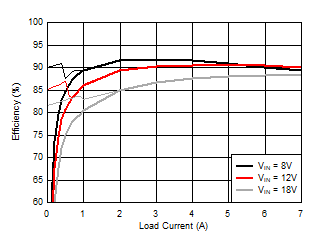
| Channels loaded equally |
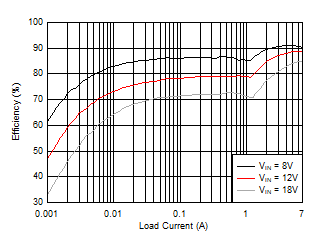
| 3.3-V output, channel 2 disabled | ||||
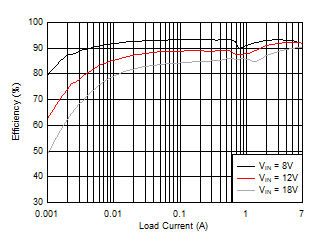
| 5-V output, channel 1 disabled |
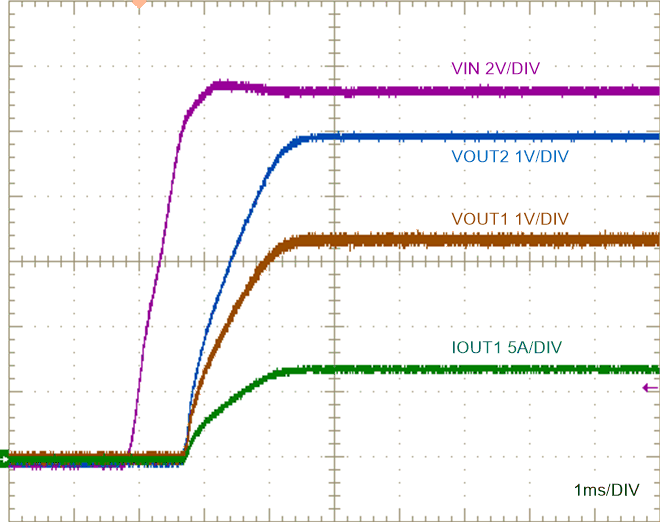
| VIN step to 12 V | 7-A resistive loads |
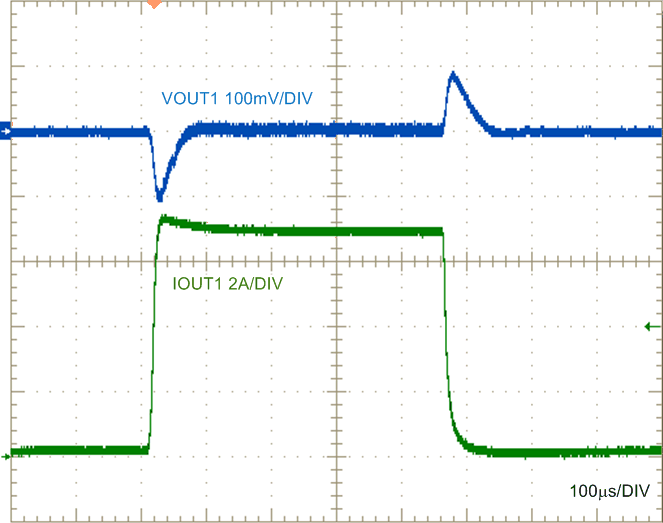
| VIN = 12 V | FPWM |
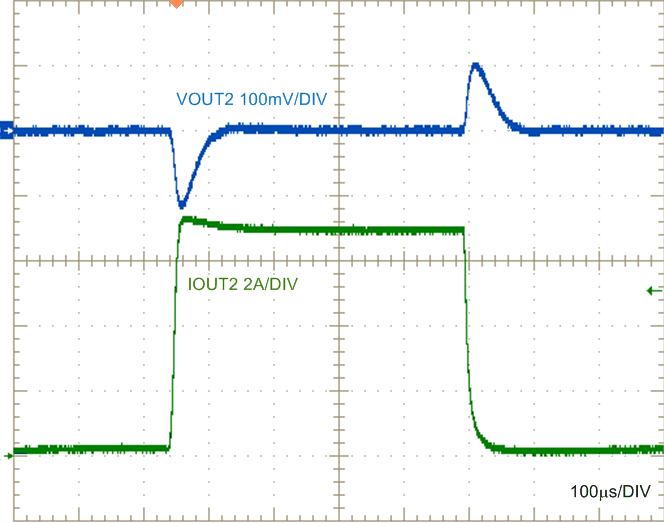
| VIN = 12 V | FPWM |
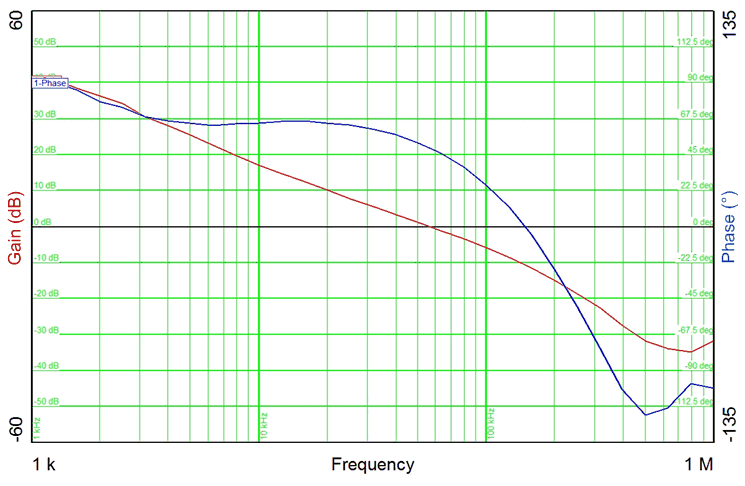
| VIN = 12 V | 7-A resistive load |
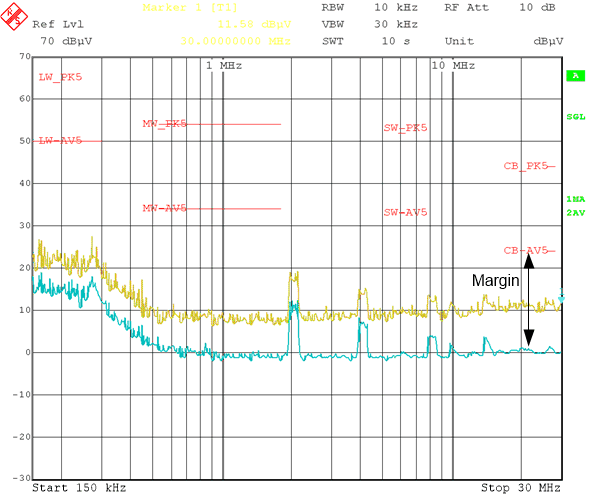
| VIN = 13.5 V | VOUT = 5 V | 7-A resistive load | |
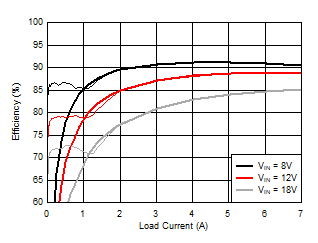
| 3.3-V output, channel 2 disabled | ||||
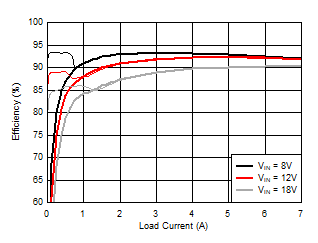
| 5-V output, channel 1 disabled | ||||
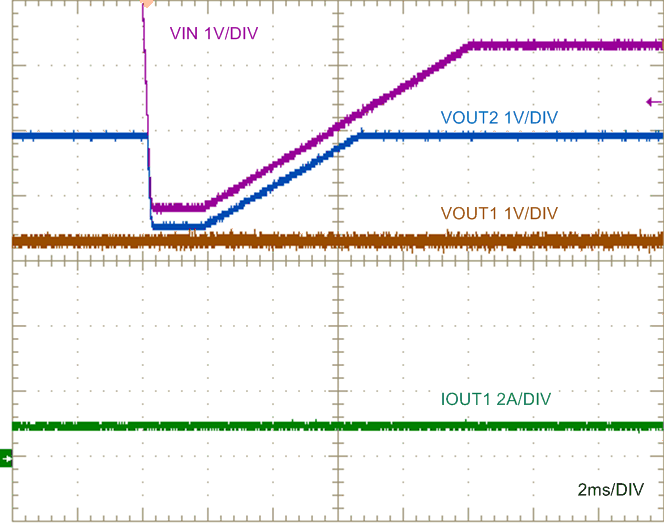
| 1-A loads | ||||
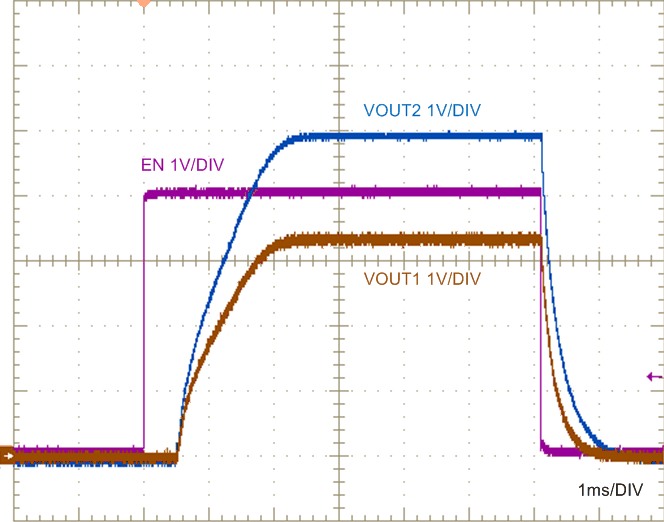
| VIN = 12 V | 7-A resistive loads |
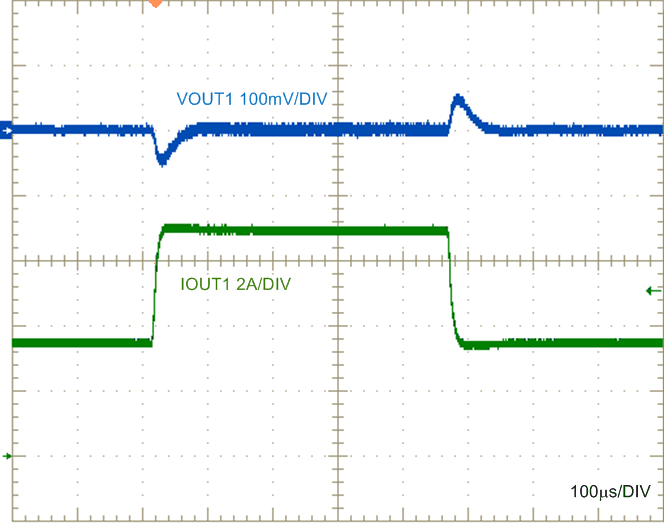
| VIN = 12 V | FPWM |
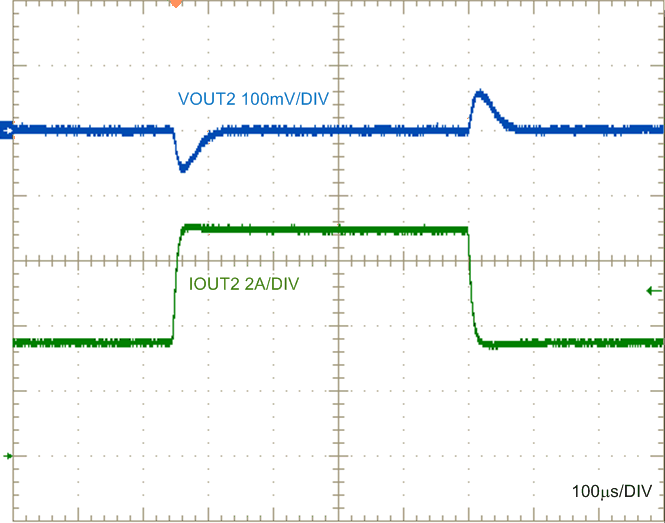
| VIN = 12 V | FPWM |
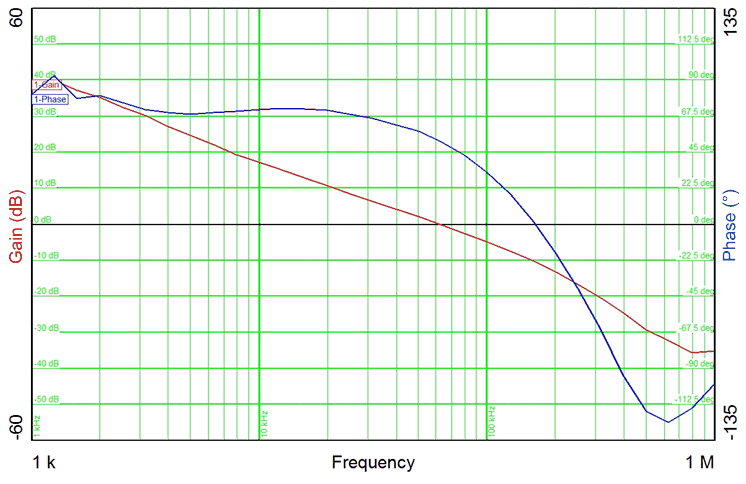
| VIN = 12 V | 7-A resistive load |
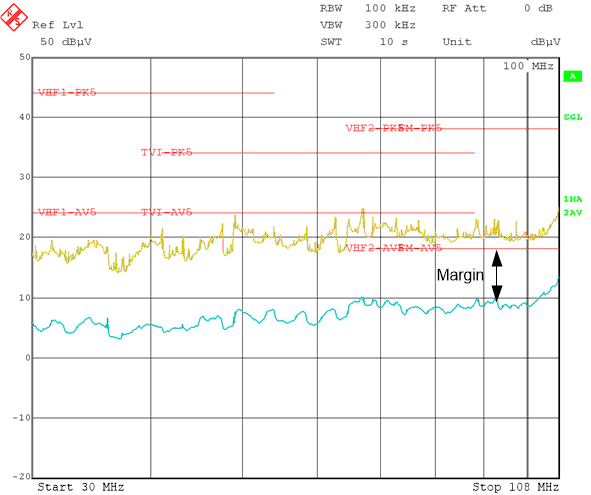
| VIN = 13.5 V | VOUT = 5 V | 7-A resistive load | |